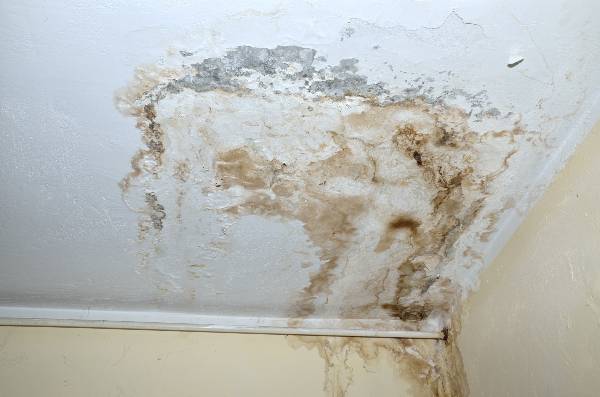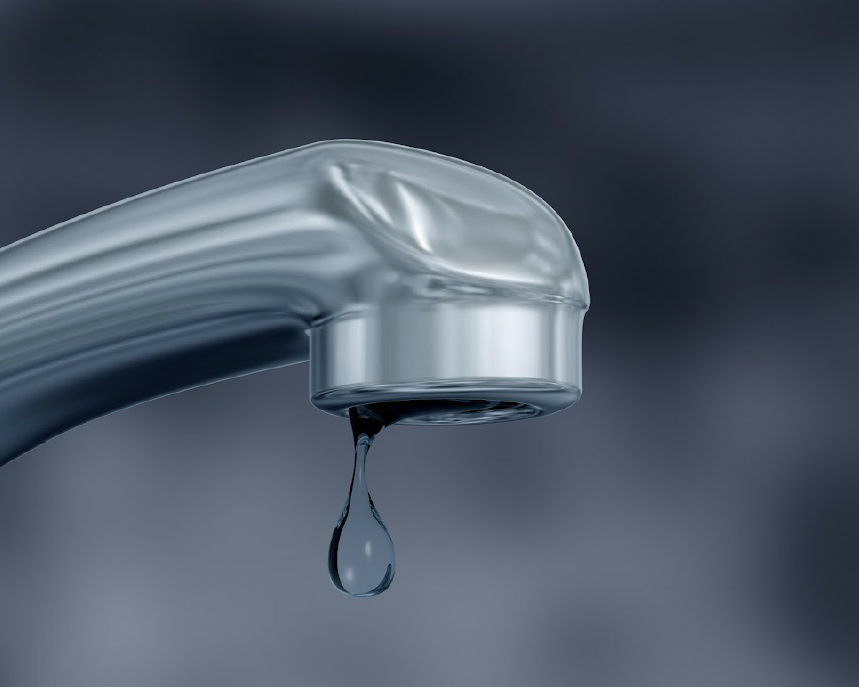Just how to Check If Your Residence Has a Concealed Leak
Just how to Check If Your Residence Has a Concealed Leak
Blog Article
The content which follows pertaining to Detecting hidden plumbing leaks is quite fascinating. You should give it a look.

Early discovery of leaking water lines can mitigate a prospective catastrophe. Some tiny water leakages might not be noticeable.
1. Take A Look At the Water Meter
Examining it is a proven means that aids you uncover leaks. If it moves, that suggests a fast-moving leak. This suggests you might have a sluggish leak that can even be below ground.
2. Check Water Usage
Evaluate your water expenses and track your water usage. As the one paying it, you need to notice if there are any type of discrepancies. If you spot sudden changes, in spite of your intake coinciding, it suggests that you have leaks in your plumbing system. Keep in mind, your water bill need to fall under the very same array on a monthly basis. An unexpected spike in your expense suggests a fast-moving leakage.
At the same time, a stable rise monthly, despite the very same habits, reveals you have a slow-moving leak that's likewise slowly intensifying. Call a plumber to completely examine your residential property, particularly if you really feel a cozy location on your floor with piping below.
3. Do a Food Coloring Examination
When it comes to water intake, 30% comes from bathrooms. If the color in some way infiltrates your bowl during that time without flushing, there's a leak between the container and also bowl.
4. Asses Outside Lines
Do not fail to remember to check your outdoor water lines as well. Test faucets by connecting a garden tube. Must water permeate out of the link, you have a loose rubber gasket. Change this and also make sure all links are tight. It will help get it skillfully checked out and also maintained each year if you have actually got a sprinkler system. One small leak can lose lots of water as well as spike your water expense.
5. Inspect and also Examine the Situation
Homeowners ought to make it a routine to check under the sink counters and even inside cabinets for any type of bad odor or mold development. These 2 red flags suggest a leakage so timely attention is required. Doing regular assessments, even bi-annually, can save you from a significant problem.
If you recognize your residence is already old, maintain a watchful eye on your heating units, pipes, pipes and so on. Check for stainings as well as weakening as a lot of home appliances and pipelines have a life expectancy. They will additionally normally weaken due to tear and use. If you suspect dripping water lines in your plumbing system, do not wait for it to escalate. Call an expert plumber today so you don't wind up with a dreadful mess in your house.
Early detection of dripping water lines can minimize a potential disaster. Some small water leakages might not be noticeable. Checking it is a surefire means that assists you find leakages. One tiny leak can waste tons of water as well as increase your water costs.
If you believe dripping water lines in your plumbing system, don't wait for it to escalate.
WARNING SIGNS OF WATER LEAKAGE BEHIND THE WALL
PERSISTENT MUSTY ODORS
As water slowly drips from a leaky pipe inside the wall, flooring and sheetrock stay damp and develop an odor similar to wet cardboard. It generates a musty smell that can help you find hidden leaks.
MOLD IN UNUSUAL AREAS
Mold usually grows in wet areas like kitchens, baths and laundry rooms. If you spot the stuff on walls or baseboards in other rooms of the house, it’s a good indicator of undetected water leaks.
STAINS THAT GROW
When mold thrives around a leaky pipe, it sometimes takes hold on the inside surface of the affected wall. A growing stain on otherwise clean sheetrock is often your sign of a hidden plumbing problem.
PEELING OR BUBBLING WALLPAPER / PAINT
This clue is easy to miss in rooms that don’t get much use. When you see wallpaper separating along seams or paint bubbling or flaking off the wall, blame sheetrock that stays wet because of an undetected leak.
BUCKLED CEILINGS AND STAINED FLOORS
If ceilings or floors in bathrooms, kitchens or laundry areas develop structural problems, don’t rule out constant damp inside the walls. Wet sheetrock can affect adjacent framing, flooring and ceilings.
https://www.servicemasterbyzaba.com/blog/how-to-detect-water-leakage-in-walls/

I came across that blog posting on Detecting hidden plumbing leaks while perusing the internet. Do you know anybody else who is curious about the topic? Feel free to share it. Thank you for your time. Visit us again soon.
Report this page